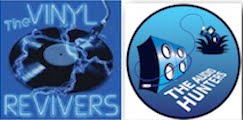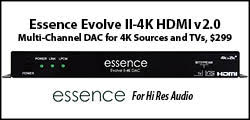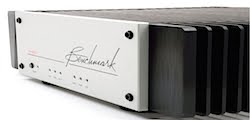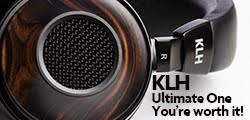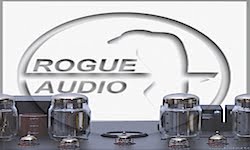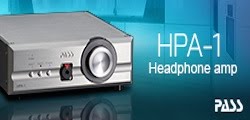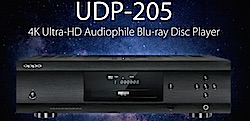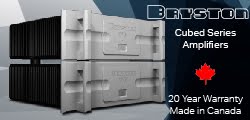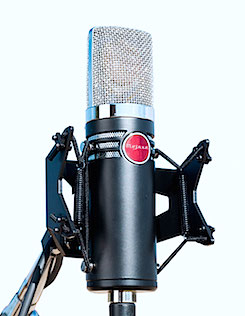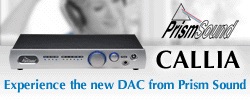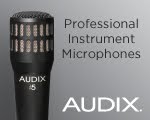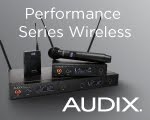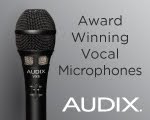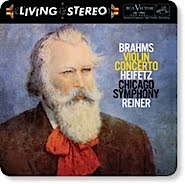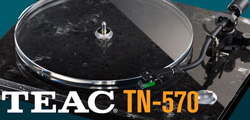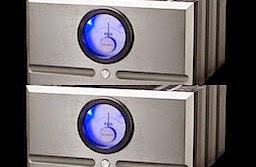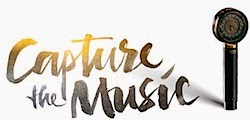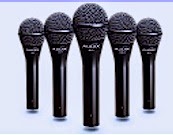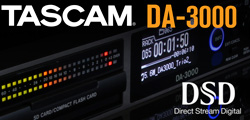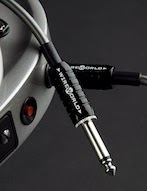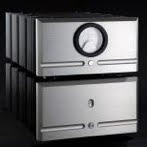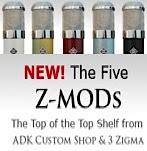Brevis...
Retail Price: Lc8.1 main/pair, $6,229;
LC8.1SW subwoofer/pair, $13,499;
Likes: tight bass, silky top-end;
Dislikes: They ain't cheap!
More info: Westlake Lc8.1
Some audio components are timeless in their sonic signature and functionality. Take the Westlake Audio Lc speaker series. Continually refining these hi-fi/pro speakers since their introduction in the mid-1990s, Westlake always endeavors to make this series sound right: no bloated bass, harsh, unnatural midrange or ringing treble.
I have listened to the Lc8.1 bookshelf speakers in my home cinema system since 1996. The two-way, eight-inch woofer, 1-inch dome tweeter speaker is one of the best balanced speakers I have ever heard. Good bass to 45 Hz, excellent crossover smoothness and a natural top-end via the old school textile dome tweeter. And did I mention a heavy duty cabinet that is so well braced, you feel or hear no sound-coloring vibration — even at 90 dB plus.
The Lc8.1 has undergone a few tweaks over the years, including a special internal wiring path to eliminate what designer Glenn Phoenix calls “Phoenix Effect Distortion.” It has been mated with an absolutely divine, optional Westlake subwoofer, the Lc8.1SW, that brings bass down to 32 Hz, making a set of four speakers perfect for music — and quite satisfying even for the depths of home theater.
Recently, Westlake sent me a pair of their latest Lc8.1s and matching Lc8.1SW passive subwoofers for a long-term listening test. The idea was to see how the speakers compare in today’s 5.1 and high-resolution stereo listening worlds. I had reviewed the original system, in the late 1990s for the late, great Audio magazine.
Features
The current Lc8.1, priced at $6,229 per pair, contains a custom-designed, Westlake 8-inch woofer and a 1-inch SEAs tweeter. It also incorporates a patent-pending, wire ground system to lower what is called Phoenix Effect Distortion, a hard-to-measure audio phenomenon, Westlake President Glenn Phoenix claims, robs audio components of their last bit of accuracy.
Big band music and well-recorded pop, with good kick drum showcased the Lc8.1SW’s bass impact with authority, yet not a hint of blubbery mid-bass exaggeration or bass overhang. I don’t think you can do better in music bass reproduction than these Westlake subs.
Constructed of medium-density fiberboard, the 31-pound, front-ported enclosure is 18-inches tall, 10-inches wide, and 12-inches deep. To achieve optimum time coherence with the tweeter, the woofer portion of the front baffle is 1-inch in front of the tweeter mount. The Lc8.1 is equipped with heavy-duty binding posts for single wiring, and the attractive grill is removable. The speakers can be, optionally, magnetic shielded, and they come in a "professional" black finish or the traditional hi-fi walnut, known as the Lc8.1F.
To satisfy demand of hi-fi listeners who wanted more low-end out of a pair of Lc8.1s, Westlake engineered the passive Lc8.1SW, (now priced at $13,499) a few years after the Lc8.1 main speaker was introduced. The idea was to give the Lc8.1 more complete bass reproduction for music. Each sub contains two front-mounted, 10-inch woofers that are augmented by twin ports. The subwoofer is designed to work specifically with the Lc8.1, with its custom-designed 68 Hz crossover frequency and 12 db-per-octave slope. (I also mated the subs with some other similar-sized speakers and achieved satisfactory results).
Frequency response of the Lc8.1SW sub is rated to 36 Hz, plus or minus 3 dB (32 Hz at -4 dB in my room). When combined with the Lc8.1 main speaker, the factory rated response is a very tight 36 Hz to 18.5 kHz, within 3 dB. The Lc8.1SW subwoofer is the designated stand for each Lc8.1 main speaker. It measures 28 inches tall, 14 inches wide, and 15 inches deep. Though no amp is on board, the Lc8.1SW ain’t no lightweight; each sub weighs 100 pounds, with the custom crossover’s 17 components contributing 20 pounds to the heft. Overall, the sub/main system is 46-inches tall.
The Lc8.1SW subwoofer has bi-wiring capability with five-way binding posts for the high- and low-frequency inputs. A pair of included 10-gauge Westlake jumper cables link the two sets of posts for single wiring. A set of port plugs and a T-handle wrench to install them are included with the subs as well; the plugs are meant to be inserted into the Lc8.1 main speakers' ports to further "tighten" the bass of the system when using the subs.
The Westlake Lc8.1/Lc8.1SWs can be used for main stereo listening or used as part of a surround system for music or home cinema. For the latter, you can use the tandem for L- and R-duties, routing the LFE and low-bass to the main speakers via your processor and using matched speakers for center and surround. Another Lc8.1 or Westlake Lc265.1 center channel would make a suitably matched center channel speaker, and the Westlake Lc 4.75 speakers would work great for surround.
For music listening in stereo, the Lc8.1 system is simply amazing, it gives almost all the bass spectrum for most music — with a tight, fast bass quality and airy accurate top end that really showcases the detail.
The setup
For the home cinema 5.1 system, I connected the Lc8.1SW subs' jumpered bi-wire inputs to the left and right outputs of a three-channel Carver A-750X THX amplifier (rated at 250 watts per channel) with 12-gauge MIT speaker cables. Each subwoofer's high-pass outputs were connected to the Lc8.1 mains, located on each side of the Sony XBR4 52-inch LCD, using the supplied jumpers. Since I did not have another Lc8.1 main for a center, I used my normal center channel, the horizontal Westlake Lc265.1 (the pre Low-PE Distortion version), which is located on a stand just behind and above the LCD. This speaker has different drivers, but the timbre and output characteristic were close enough to match the Lc8.1s.
I decided to make the test system 100 percent Westlake by using my 1990s-generation, Lc8.1 mains, normally used for reference L- and R-front channels in my home cinema setup as surround speakers The rear Lc8.1 speakers were powered by a Carver A-500X stereo THX amp (using MIT cables) and positioned them against the side walls, aimed at the listening position.
I used the AudioControl Maestro M3 surround preamp as the source selector and signal output. I set the Maestro processor's main speaker selector to "large" and enabled the LFE to be mixed into the front channels, negating the need for a separate .1 subwoofer channel. I also routed the bass from the rear channels to the Lc8.1/Lc8.1SW system by selecting “small” option from the M3 setup menu.
The animated Blu-ray, Bolt, and the earthshaking soundtrack of the Terminator-Salvation BD showcased the Westlake system’s home cinema audio accuracy with a very clean bass, that is fast and natural.
My normal system uses the older Lc8.1s, the Lc265.1 (without out the Low-PE Distortion wiring), Paradigm Sub 15 subwoofer and NHT One surrounds; the powered sub measures down to 20 Hz. With my audio analyzer, the Westlake test system still measured a very good 32 Hz to 19 kHz, within 4 dB. And, I might add, pretty darn good subwoofer performance for subs that are located away from side boundaries.
The animated Blu-ray, Bolt, and the earthshaking soundtrack of the Terminator-Salvation BD showcased the Westlake system’s home cinema audio accuracy with a very clean bass, that is fast and natural. The Lc8.1 mains performance sounded a bit more energetic on the top end than my late-1990s versions; perhaps the innards of the older ones need some refreshening. Also, the Low-PE Distortion design of the of the latest models may also contribute to its enhanced treble accuracy vs the old Lc8.1s.
It should be pointed out that since the combined impedance is 2.5 ohms per channel, the system needs an amp capable of delivering at least a couple of hundred watts into at least four ohms — especially if you want to the play them clean and loud.
Audiophile finesse
I also set up the Lc8.1 mains and Lc8.1SWs in my audiophile room. The speakers were powered by a Pass Labs X-350.5, using Alpha-Core solid-silver wire. An Oppo BDP-95 universal player, a Benchmark DAC1 Pre DAC and Essential Sound Products Essence Reference power cords and power strip completed the ensemble setup. Audition music included high-res Blu-ray music, DVD-As and downloaded HD Tracks 24-bit music.
The speaker system performance was awesome! The smoothness, lack of raggedness in the crossover frequencies in the midrange and treble made these worthy speakers for listening to 24-bit music. My Gene Bertoncini nylon string guitar SACDs sounded wonderfully live. Big band music and well-recorded pop, with good kick drum showcased the Lc8.1SW’s bass impact with authority, yet not a hint of blubbery mid-bass exaggeration or bass overhang. I don’t think you can do better in music bass reproduction than these Westlake subs.
The Westlake Lc8.1 speaker system is not cheap in price or in build. This handcrafted-in-USA quartet will set you back about $20,000 grand. But if you are looking into high-end speakers, this modular approach is one way to get that high-end sound reproduction.
Other than the subwoofer lacking internal power, and the fact that the subwoofers have to be co-located with the main speakers, there really are no serious negatives with these speakers. By the way, I tried other speakers with the subs, including Legacy Studio HDs (the new ones) and the Lipinski L-505s, a dual 5-inch woofer, one-inch dome tweeter, a speaker that has relative little low bass below 70 Hz. The Westlake subs made the Lipinskis come alive, giving them a much-needed shot of 40 Hz-50 Hz bass to match their smooth midrange and treble.
The Westlake Lc8.1 speaker system is not cheap in price or in build. This handcrafted-in-USA quartet will set you back about $20,000 grand. But if you are looking into high-end speakers, this modular approach is one way to get that high-end sound reproduction.
The verdict
If you have almost $20,000 cash to spend on a high-end speaker system, I totally recommend the Westlake Lc8.1/Lc8.1SW system. You get tight, snappy, but fairly deep bass performance and that smooth, detailed, accurate airiness that Westlakes are noted for. They work splendidly for dedicated stereo listening, and handle all but the deepest subsonic bass of a home cinema system. Anyway you set them up, they get an Everything Audio Network Stellar Sound Award.
©All original articles on this site are the intellectual property of the Everything Audio Network. Any unauthorized use, via print or Internet, without written permission is prohibited.






